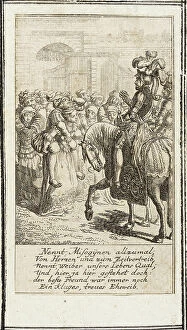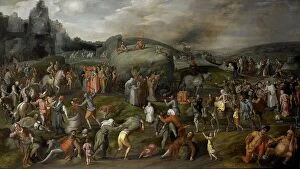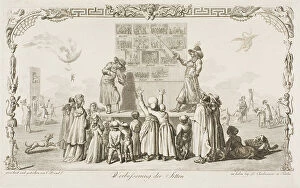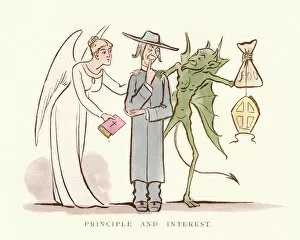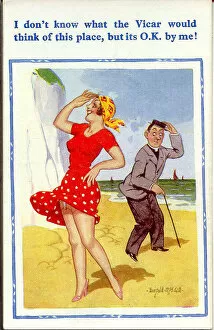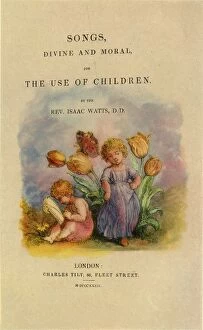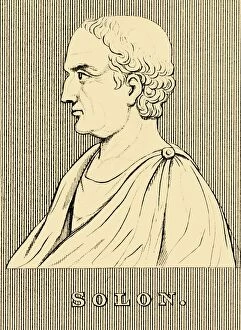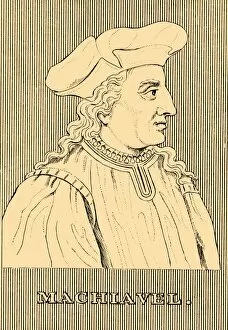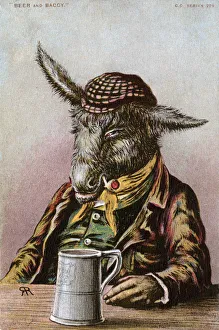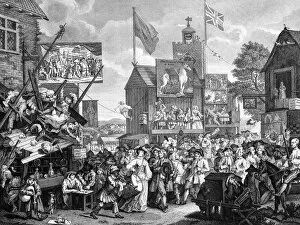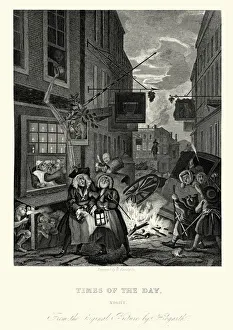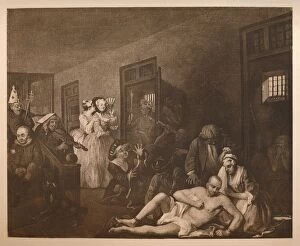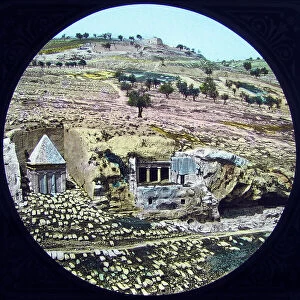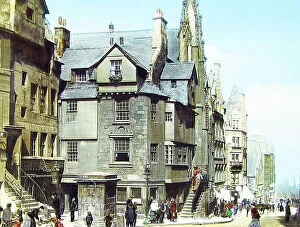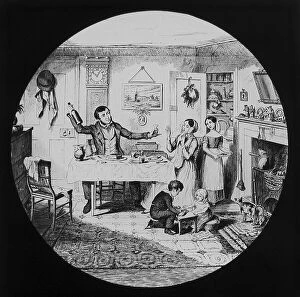Morality Collection (page 2)
"Exploring the Depths of Morality: From Hogarth's Engravings to Nietzsche's Philosophy" In William Hogarth's "Four Times of the Day - Morning
All Professionally Made to Order for Quick Shipping
"Exploring the Depths of Morality: From Hogarth's Engravings to Nietzsche's Philosophy" In William Hogarth's "Four Times of the Day - Morning, " we witness a bustling cityscape, where individuals from different walks of life navigate their daily routines. This scene reminds us that morality is not confined to a particular time or place; it permeates every aspect of our existence. As we delve into Victorian society through "Rules to be Observed by a Victorian Family, " we uncover the strict moral code that governed their lives. Upholding virtues such as honesty, modesty, and respectability was paramount for maintaining societal order. "The Ladder of Fortune" illustrates how one's choices can shape their destiny. It serves as a reminder that morality extends beyond personal conduct; it influences our social standing and opportunities in life. Contrasting with these virtuous depictions is the provocative "Strip tease card game - Theatre suit - Conductor. " Here, temptation lures individuals towards immoral behavior, challenging their moral compasses and highlighting the constant battle between virtue and vice. Drawing inspiration from nursery rhymes like "Three Little Pigs, " we learn valuable lessons about consequences and accountability. These tales remind us that morality should guide our actions even when faced with adversity or temptation. Hogarth's powerful engraving "Gin Lane" exposes the devastating effects of alcoholism on society. It serves as a cautionary tale against indulgence in vices that erode moral values and destroy communities. Nathaniel Hawthorne's novel "The Scarlet Letter" delves into themes of sin, guilt, and redemption. Through Hester Prynne's journey, we contemplate the complexities in an unforgiving Puritanical society. In Albrecht Dürer's etching "The Knight, Death and the Devil, " we confront mortality itself.





